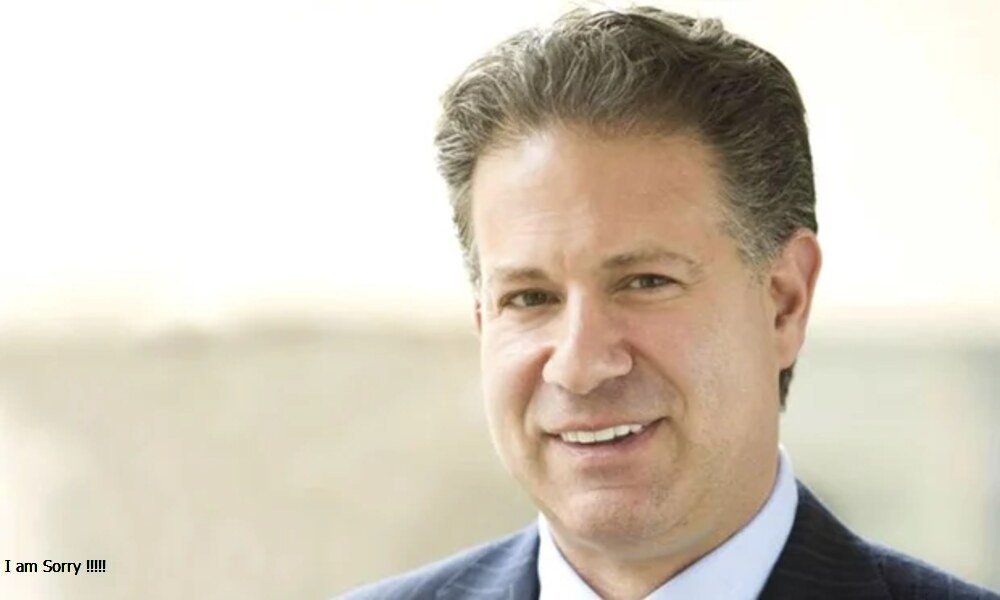Introduction to the 3M Earplug Controversy
In recent U.S. history, the 3M earplugs lawsuit has emerged as one of the most significant and impactful legal battles involving defective military equipment. At the center of this controversy lies the Combat Arms Earplugs Version 2 (CAEv2), a product manufactured by Aearo Technologies, a company acquired by 3M in 2008. These earplugs were initially developed for military use to protect soldiers from hearing damage caused by loud battlefield environments while allowing them to remain alert to ambient sounds. However, thousands of service members reported hearing loss, tinnitus, and other auditory issues allegedly linked to these earplugs.
The core of the allegations is that the CAEv2 earplugs were defectively designed, with a stem too short to ensure a proper fit in the ear canal. As a result, the plugs could loosen without the user noticing, rendering them ineffective. Even more concerning, internal documents and whistleblower accounts suggested that 3M was aware of the design flaws before distributing the product to military units. This revelation ignited a legal firestorm and led to a cascade of lawsuits filed by affected veterans and active-duty personnel.
What Went Wrong: Design Flaws and Safety Concerns
The fundamental flaw in the CAEv2 earplugs involved their dual-ended design. One end was intended to block all sound for high-noise environments. At the same time, the other was meant to allow speech and communication while protecting from loud impulse noises, such as gunfire or explosions. However, the short stem did not allow the plugs to sit deeply enough in the ear canal to form a proper seal. Consequently, the product often failed to provide the promised hearing protection.
Internal military testing and depositions revealed that the design had been known to be faulty as early as 2000, nearly a decade before they were pulled from circulation. Yet, despite this knowledge, the earplugs were distributed extensively from 2003 to 2015, becoming a standard issue for many soldiers. This oversight exposed countless troops to irreversible hearing damage, and the resulting backlash formed the basis of the 3M earplugs lawsuit.
Timeline of the 3M Earplug Lawsuit
The legal saga began in earnest in 2016 when a whistleblower lawsuit filed under the False Claims Act accused 3M of knowingly selling defective earplugs to the U.S. military. The Department of Justice joined the suit, and in 2018, 3M agreed to pay a $9.1 million settlement without admitting liability. However, that initial case opened the floodgates for individual claims from thousands of service members.
In 2019, the cases were consolidated into a multidistrict litigation (MDL) in the Northern District of Florida, presided over by Judge M. Casey Rodgers. Bellwether trials were conducted over the next few years to evaluate the claims’ strength. Many of these trials ended in significant verdicts against 3M, including one jury awarding over $77 million to a single plaintiff. These outcomes paved the way for broader settlement negotiations.
The 3M Settlement Deal: Terms and Payouts
In August 2023, 3M agreed to a landmark $6 billion settlement to resolve nearly 250,000 claims linked to the CAEv2 earplugs. The agreement includes $5 billion in cash and $1 billion in 3M stock, to be paid out between 2023 and 2029. The settlement does not constitute an admission of wrongdoing but aims to resolve years of legal conflict.
Claimants will receive compensation based on the severity of their injuries, service length, and other factors. Independent administrators and medical professionals will evaluate each claim. While the process may take years, the settlement marks a significant victory for the veterans who pushed for accountability and justice.
Who Is Eligible to File a Claim?
Eligibility for the 3M earplugs lawsuit settlement is primarily open to U.S. military personnel who used the CAEv2 earplugs between 2003 and 2015 and later developed hearing-related issues. Claimants must provide documentation proving their use of the earplugs and evidence of their hearing damage, such as audiology reports or military service records.
Submit claims by specific deadlines, and late entries may be excluded from settlement benefits. Legal representatives and veteran organizations have provided resources to help affected individuals navigate the complex filing process. To secure compensation, claimants must act swiftly and ensure all paperwork is complete.
Impact on Veterans and Service Members
The human cost of the defective earplugs cannot be overstated. An estimated 230,000 veterans and service members have filed claims, many reporting lifelong hearing issues that impact their quality of life. Tinnitus and partial or complete hearing loss are among the most common conditions, often leading to secondary problems like sleep disturbances, anxiety, and depression.
Veterans have spoken out about how these conditions have made reintegration into civilian life more challenging. The consequences have been far-reaching, from struggling to hear family members to difficulties finding employment. The lawsuit seeks financial compensation, recognition, and validation of these service members’ suffering.
Legal Repercussions and 3 M’s Corporate Responsibility
The 3M earplugs lawsuit has greatly shadowed the company’s public image and financial stability. Facing thousands of lawsuits and a multibillion-dollar settlement, 3M has been forced to reconsider its product testing and transparency approach. Shareholder concerns have mounted, and the company’s stock value has fluctuated in response to the legal developments.
In public statements, 3M has continued to deny any wrongdoing, asserting that the CAEv2 earplugs were safe when used correctly. Nevertheless, the outcome of this case has emphasized the need for greater corporate accountability, especially when dealing with products designed to protect human life.
What This Case Means for Future Military Product Liability
The 3M earplugs lawsuit sets a powerful precedent for holding defense contractors accountable for the safety and efficacy of their products. It highlights systemic weaknesses in how military gear is tested, approved, and distributed and underscores the importance of whistleblower protections in uncovering corporate negligence.
Future military equipment cases will likely be scrutinized more closely, and government agencies may revise procurement protocols to prevent similar issues. Additionally, service members may feel more empowered to report faulty equipment, knowing that legal recourse is possible and impactful.
How to Join the Lawsuit or Settlement Fund
Veterans and active-duty personnel who believe they were affected by the defective earplugs can still join the settlement under certain conditions. The first step is to consult with a qualified attorney experienced in military product liability. They can help gather necessary documentation, such as DD214 forms and medical evaluations.
Claimants should file by the appropriate deadlines and follow all required steps to remain eligible. Nonprofit and veteran advocacy groups offer guidance and legal support for those navigating the settlement process.
Final Thoughts: Justice, Compensation, and Moving Forward
The 3M earplugs lawsuit is more than just a legal dispute—it represents a demand for justice from the men and women who risked everything in service to their country. While the settlement can never fully undo the damage caused, it symbolizes recognition and accountability.
For 3M, the case is a wake-up call to prioritize safety, ethics, and transparency in all future products, especially those designed in high-risk environments. For veterans, it is a reminder that their voices matter and that justice, though delayed, is possible. As the legal proceedings wind down, the hope is that this case will lead to lasting reforms protecting future service members.















